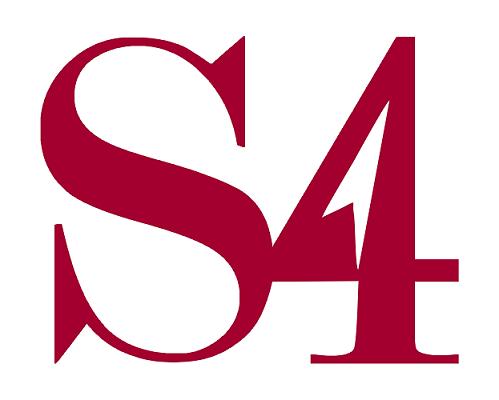Contribute
| Malayalam Language And Literature |
C. Gopinath
02/16/2009
Dr. P. M. John, retired professor of philosophy from Westfield State College, MA, gave a talk titled ‘Malayalam Language and Literature’ at Harvard University on 14 February 2009. This was in the series on Languages and Literature of India organized by the Outreach Committee of the Department of Sanskrit and Indian Studies, Harvard University.
Malayalam is one of the four Dravidian languages and mostly spoken by people who live in Kerala State in the south-western corner of India. Dr. K. Ayyappapanicker, a Malayalam scholar, called the language as the ‘Poetry of the Earth’ to denote its musicality and its early origins in the form of folk-songs and ballads. A large number of these folk-songs are associated with various kinds of religious rituals dating back to primitive Dravidian and pre-Aryan times. These include songs recited by pulluvars at the festivals in serpent groves and by panars when they go from house to house. For instance, one of the popular tragic songs is in the form of a complaint of a farm laborer detained by the landlord for long hours to do all kinds of chores in the manorial household. Others deal with an actual account of agricultural operation are the planting of seeds and harvesting.
Different scholars have divided the development of the language into different eras. Some have traced it back to 600BC while others believe its beginnings were from 800AD. The literature of the elite was composed in the curious mixture of Sanskrit and Malayalam which is referred to as Manipravalam, mani meaning ruby (Malayalam) and pravalam meaning coral (Sanskrit). Leelathilaka work in grammar and rhetoric written in the last quarter of the 14th century discusses the relationship manipravalam and pattu as poetic forms.
Ramacharitham was a literary creation in Malayalam written in the 12th century and believed to be the oldest extant classic in Malayalam. The earliest piece of prose in existence is of a documentary nature. The Atoor copper plate of Vira Udaya Marthanda Varma of Venad dated 1251 is the earliest document.
Dr. John traced the historical development of the literature and gave brief descriptions of several authors, such as the writings of Thunchathu Ezhuthachan (15c-16c) , Poonthanam Nambudiri (1547-1640), to modern times such as Vallathol (1878-1958). He also explained how music and dance Attakatha, Kathakali and drama Koodiyattam have played important roles in Malayalam expression. Kottayam Thampuran (late 17c) made significant contributions in these areas.
Dr. John described the language as an ‘inclusive one.’ In response to a question, he explained how there was no effort to maintain the purity of the language in any sense of the term. The inclusivity worked at two levels. One, the language has benefited by absorbing words and usage from the other Dravidian languages (Tamil, Telugu and Kannada), apart from Sanskrit. At another level, scholars in different religious disciplines, including Hindus, Muslims, Christians and Jews have been inspired and produced literature in the language which is widely read. The advent of traders and colonizers to the region brought other language influences also, namely Arabic, Persian, Portuguese, French and English. Thus, Malayalam emerged as a truly cosmopolitan language.
Malayalam continues to thrive in the Kerala region and Dr. John’s passionate presentation revealed his love of the language. His narration of some poems revealed the musicality and was appreciated by the audience. His inspiration, he commented, was his English teacher who brought to him a love of both English and Malayalam.
Today, there are about 170 dailies, 235 weeklies, and 560 monthlies published in the language. The very high level of literacy in Kerala (close to 91 %) has helped in its contemporary popularity.
You may also access this article through our web-site http://www.lokvani.com/
